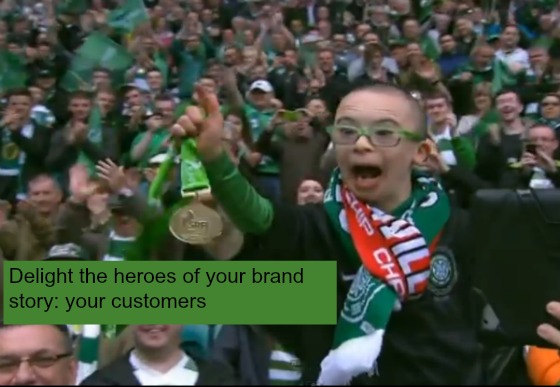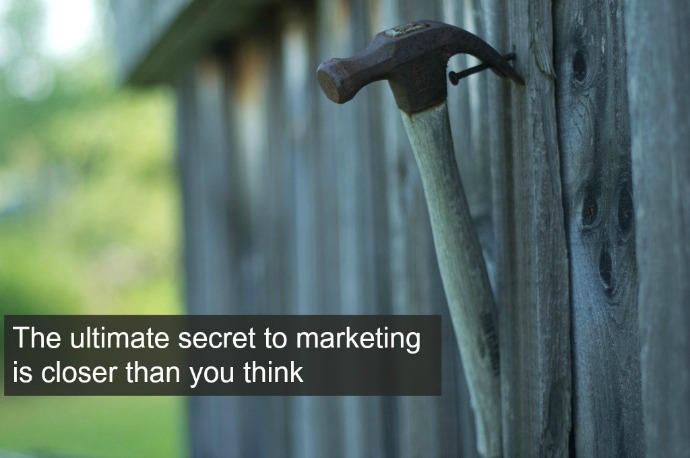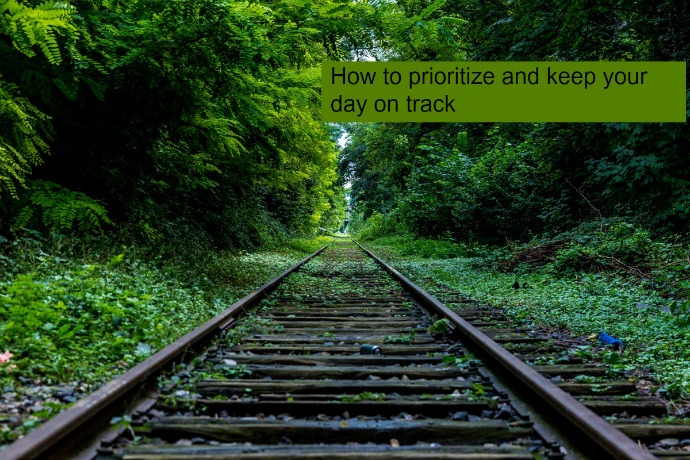A guest post today from the lovely Betsy and Warren Talbot, writers, dreamers and global nomads of Married With Luggage (a business I proudly helped name). With the launch of their latest book, they shared some great advice on why and how to ask for constructive criticism and how it makes your business, brand and project shine in the long run. More on them at the end. Enjoy!
My husband Warren and I recently published our fourth book, Married with Luggage: What We Learned about Love by Traveling the World. Over the years we’ve learned a lot about what works – and what doesn’t – as both business and romantic partners. And one thing we know for sure:
If you can’t take constructive criticism, you won’t ever grow to your highest potential. (Tweet this!)
If we don’t pay attention to how our audience wants to receive our story, how to make it compelling and relatable to their own relationships, and using words that matter to them, then all of our experience and wisdom aren’t worth a penny of the $15.99 price tag of the book, because no one will buy it.
We asked trusted advisors, our own audience, and random strangers within our demographic to help us get this one right, and with their constructive feedback, I think we nailed it.
How We Solicited Feedback
Before we ever wrote one word, we talked about our idea with mentors and peers we trust. The feedback sent us in a direction we hadn’t considered before (memoir vs. self-help). We also dropped the idea of making this a course first. Smart friends counseled us to use the book’s popularity to create higher-priced courses later. Already, our project was off to a great start and we saved a ton of time.
If you’ve done the work of building a great network, don’t forget to use it. (Tweet this!)
The next component tested was the title. We came up with 20 variations of titles and subtitles, swapping them around until we had 5 good choices. Then we sent it out to three sets of people: casual followers on Facebook, serious followers on our email list, and total strangers in our demographic through a site called Pickfu.
The title we ended up with is not the title we would have chosen ourselves. We also discovered several words we were using that were off-putting to our market. Imagine if we had used those words out of ignorance and then wondered why no one ever bought the book?
For the book cover, we put three very different cover ideas out for a vote via email list, Facebook, and Pickfu. Again, the cover we would have chosen was not the one overwhelmingly picked by others. In fact, our favorite came in dead last.
After writing the first draft, we sent it to a professional editor for restructuring. We were too close to the project to see the gaps and overlaps, so we trusted someone else to show us the way. We then created the second draft based on this feedback.
Then the scariest part: sharing it for review. First I read the book out loud to my husband, awaiting his response to the story we scripted out months ago. Did he like it? Not always, and that was sometimes hard to take as a wife. But his feedback was invaluable in tightening up the storyline and highlighting our message of partnership.
Five people were sent second draft copies to provide detailed feedback. These five people are my trusted sources, the people who will tell me when something is not good. And boy, did they.
Finally, the book went back for professional line editing, a polish that I couldn’t do on my own. Packaging is as important as the message within, because if a reader can’t get past a crappy cover or terrible editing, they’ll never get your message.
How Feedback Helps
When I look at the finished product, I can only marvel. It is so much more than we imagined, a book that shares our experience and wisdom in a way our audience wants to hear it. And we could have never done that without asking for feedback up front and listening to what our audience needed.
We separated our egos from our work product, and the result was was a healthier self-esteem and a better product.
ABOUT BETSY AND WARREN: Betsy Talbot and her husband Warren are the authors of Married with Luggage: What We Learned about Love by Traveling the World. Through their popular books, engaging weekly podcast, and revealing Sunday emails, they share the unconventional wisdom they’ve learned about living, working, and traveling together since 2010. Find out more about modern love and partnership at Married with Luggage. (Photo credit: Married With Luggage)
Are you asking for constructive criticism in your business? How? Where? From whom? When did such feedback save you from a major fail? Please share in the Comments below!










